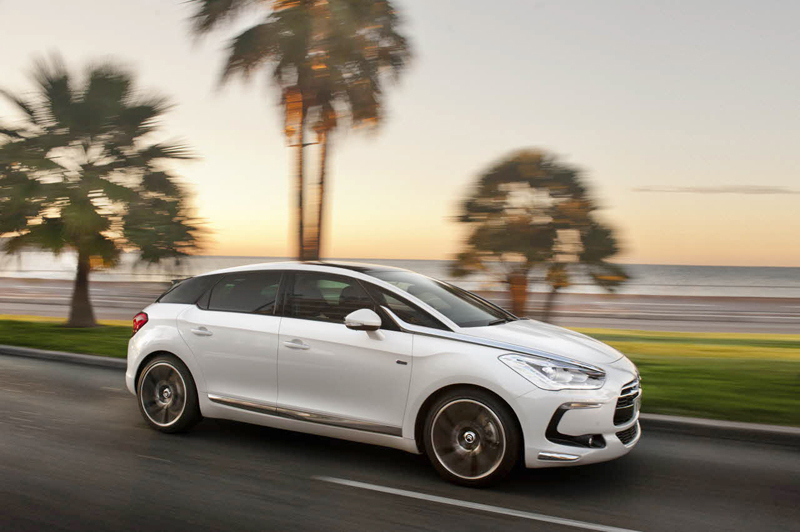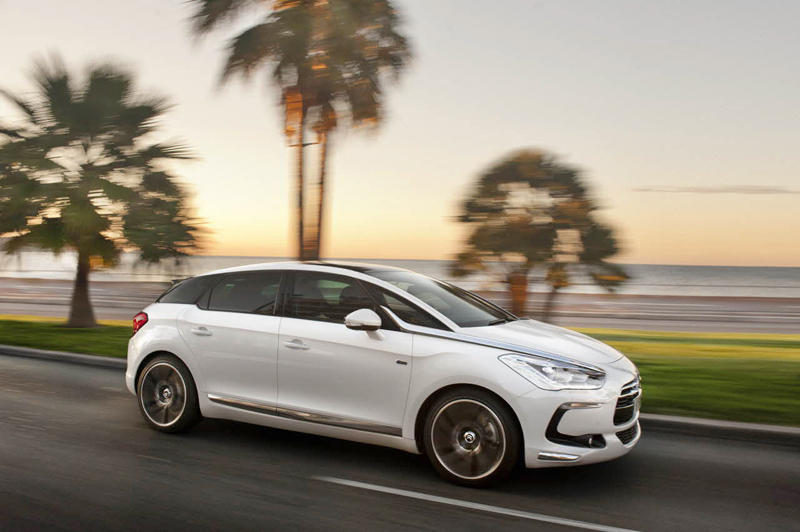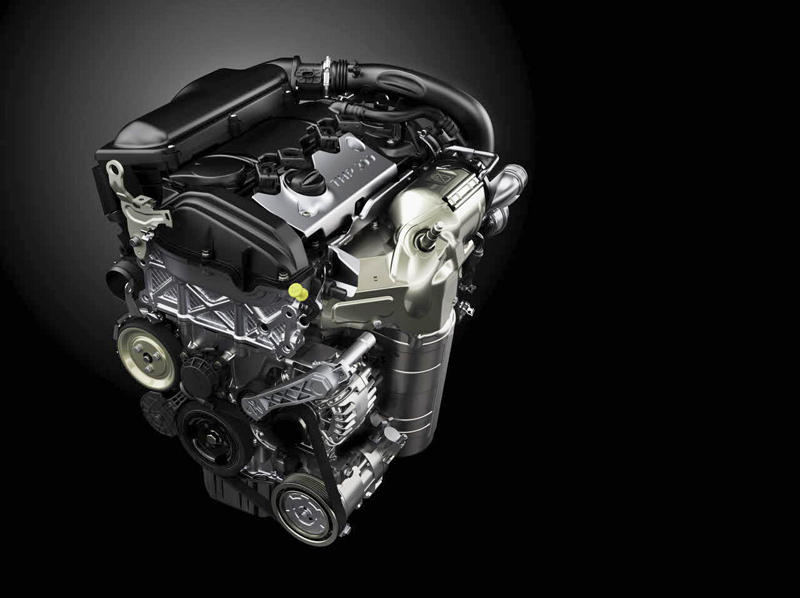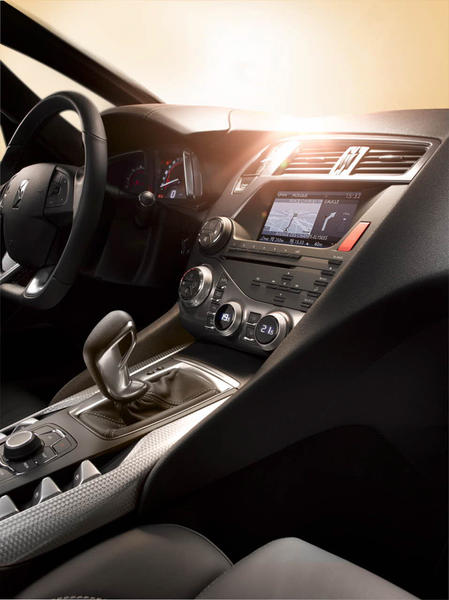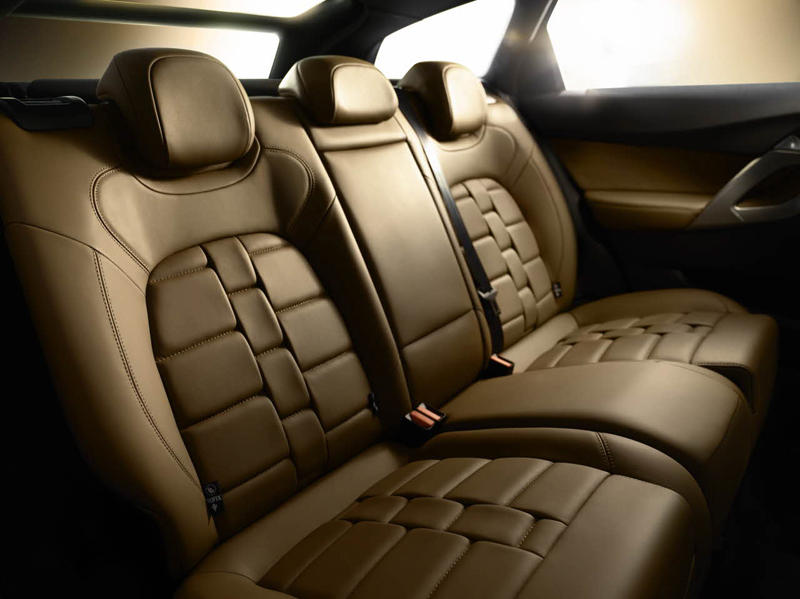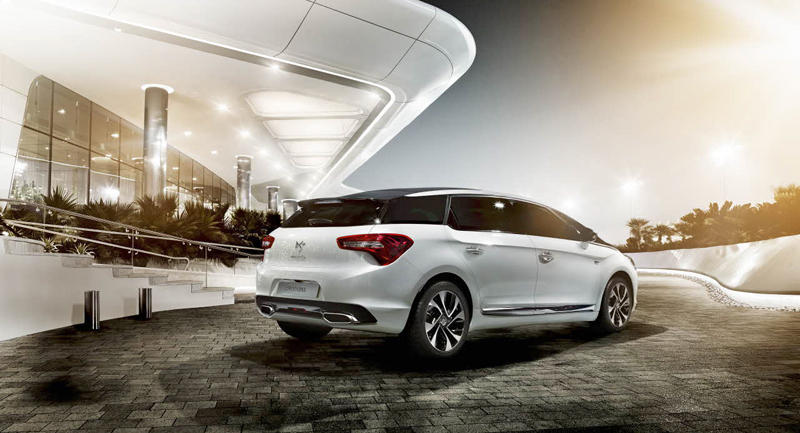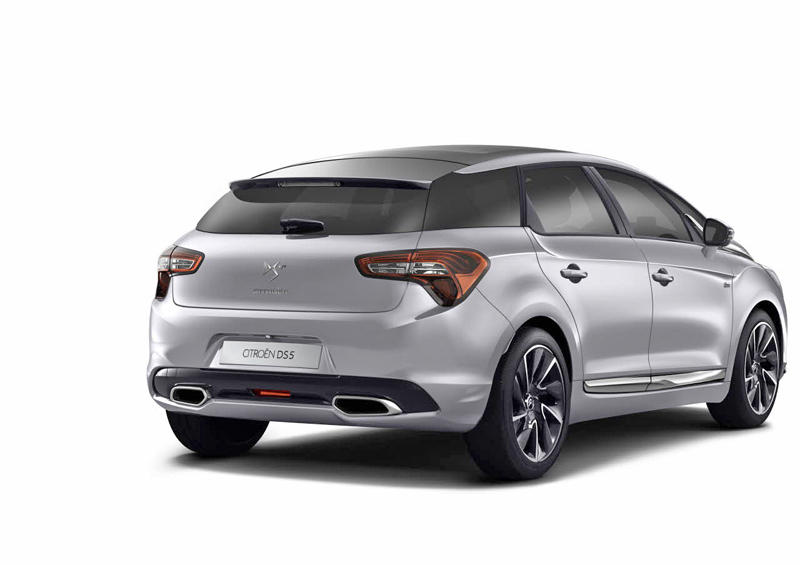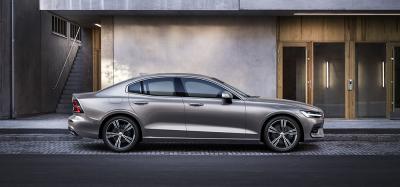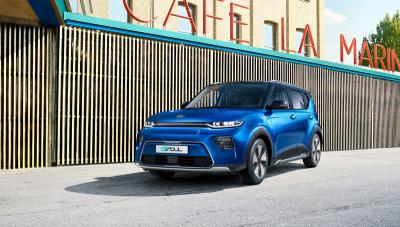Arguably, it’s because the premium saloon segment has accustomed us to high levels of content as opposed to pure aesthetics that now tend towards overly restrained functionality. What is certain is that Citroën has achieved its aim of standing out in the chorus line of current saloons with what appears to be a real multipurpose crossover, part wagon, part coupé, that catches the eye with lines that are not overstated and unusual, but refined and personal, as befits a real upper-class lady. The compact premium by the French company, which joins the C5 saloon, is all set to amaze you with its refined solutions and highly prestigious equipment that includes 19-inch polished alloy rims on the top versions of the range and tyres with low rolling resistance for even lower emissions. Not to mention the most modern diesel and petrol engines, all turbocharged and with direct fuel injection, as well as an interesting four-wheel-drive hybrid version and the Zero Emissions function for short trips in the city.
Haute couture fixtures
It isn’t just a question of appearances; the quality of the materials and design is real and obvious from the attention that has been paid to an interior that is distinguished by details of a very high standard. In the airy cabin, more than adequate for a 4.53-metre-long saloon with a 2.73 metre wheelbase, the rational layout of the controls and storage spaces, the upholstery and trim will please even the most demanding drivers. The leather seats, standard from the second of the three versions (Chic, So Chic and Sport Chic), have very elegant stitching, already included in the DS4, and come in a large variety of colours that match the bodywork; the driver’s seat also has a lumber massage that is especially appreciated on long journeys.
Few compromises have been made with regard to spaciousness. It will comfortably seat four to five passengers and its luggage compartment is more like that of a station wagon that a compact; a useful volume of 468 litres in the 5-door version can be increased to 1,288 by reclining the rear seat. The panoramic glass sunroof is divided into three segments that can be partially covered and gives a view of the outside world almost like that from a convertible.
A countertrend involves the chassis and the decision not to use the hydro-pneumatic suspension that is a symbol of Citroën’s philosophy: having abandoned the chassis of the C5 and its exclusive Hydractive 3 system, the DS5 was designed on the C4 Grand Picasso platform for a classic layout of four independent wheels with the McPherson strut in the front and the twist beam in the rear, with smaller joints that take up less space. The setup aims more at sportiness than comfort with evident response in dynamic driving that is even more emphasized by the large 18 and 19 inch, low profile wheels. Nothing has been excluded from the list of electronic controls, from ESP with intelligent Traction Control and anti-slip, to ABS with Electronic Brakeforce Distribution and Hill Assist.
The French mademoiselle with a German accent
Dependable German technology. This may sound like a set phrase, but in reality it refers to the choice of specific technical elements, such as the many details of the fixtures and their mechanisms, some of the instrumentation and electronic components, as well as the petrol engines that have been developed thanks to synergies between the PS group and BMW. A choice that has been consolidated over time and must not horrify the Parisian brand’s purists: in the era of the global market every strategic cooperation brings indisputable advantages in one way or another. Which in this case is the four cylinder, 1.6 litre petrol engine of the Turbo High Pressure (THP) family, with high-pressure direct injection (up to 120 bar), and Twin Scroll turbocharger that’s big on performance and flexible thanks to variable valve timing offered in two power levels, 156 and 200 HP.
Particularly interesting are the two options offered by the Turbodiesel HDI engines, with an e-HDI 110 version with very low emissions (114 g/km of CO2) and very low fuel consumption of about 22.7 km/litre in the mixed cycle, while still giving a top speed of over 190 km/h and acceleration that is very respectable for a premium saloon. The e-HDI, where “e” stands for ecological, is the result of applying a series of devices that minimize consumption and emissions, like the second-generation Start&Stop system fitted as standard, the 6-speed EGS gearbox, and brake energy recovery by means of an intelligent alternator that allows it to be called a “micro-hybrid”.
At the top is the HDI 160 version with a third-generation common rail system and very high pressure (2,000 bar) that will generate 163 HP and 34.7 kgm of maximum torque that is always available between 2,000 and 3,000 rpm. It comes with a choice of 6-speed manual or automatic transmission that fully expresses the dynamic potential of this French flagship.
But the most striking new development is the Hybrid4 version that will make the more environmentally- conscious happy. The company’s first model of this type, it combines an HDI 160 engine with a synchronized permanent-magnet electric motor with a peak of 42 HP, which is mounted on the rear wheels and works with the front wheels to increase overall power to 200 HP, four-wheel-drive and a significant reduction in consumption and emissions, on average 26.3 km with a litre of diesel and 99 g/km of CO2. The four functions are Auto, which autonomously manages the system depending on the type of drive; Sport, for maximum performance and with a boost function for the electric motor; 4WD, to take full advantage of all-wheel drive; and ZEV, which is totally electric, albeit for not more than 4 km of silent driving in urban traffic without using a drop of fuel.
The rolling elements for all four options are original equipment tyres from two families (and brands): from the energy-saving 215/60 R16 to the intermediate 225/50 R17 to the more sporty 235/45 R18 and 235/40 R19.
